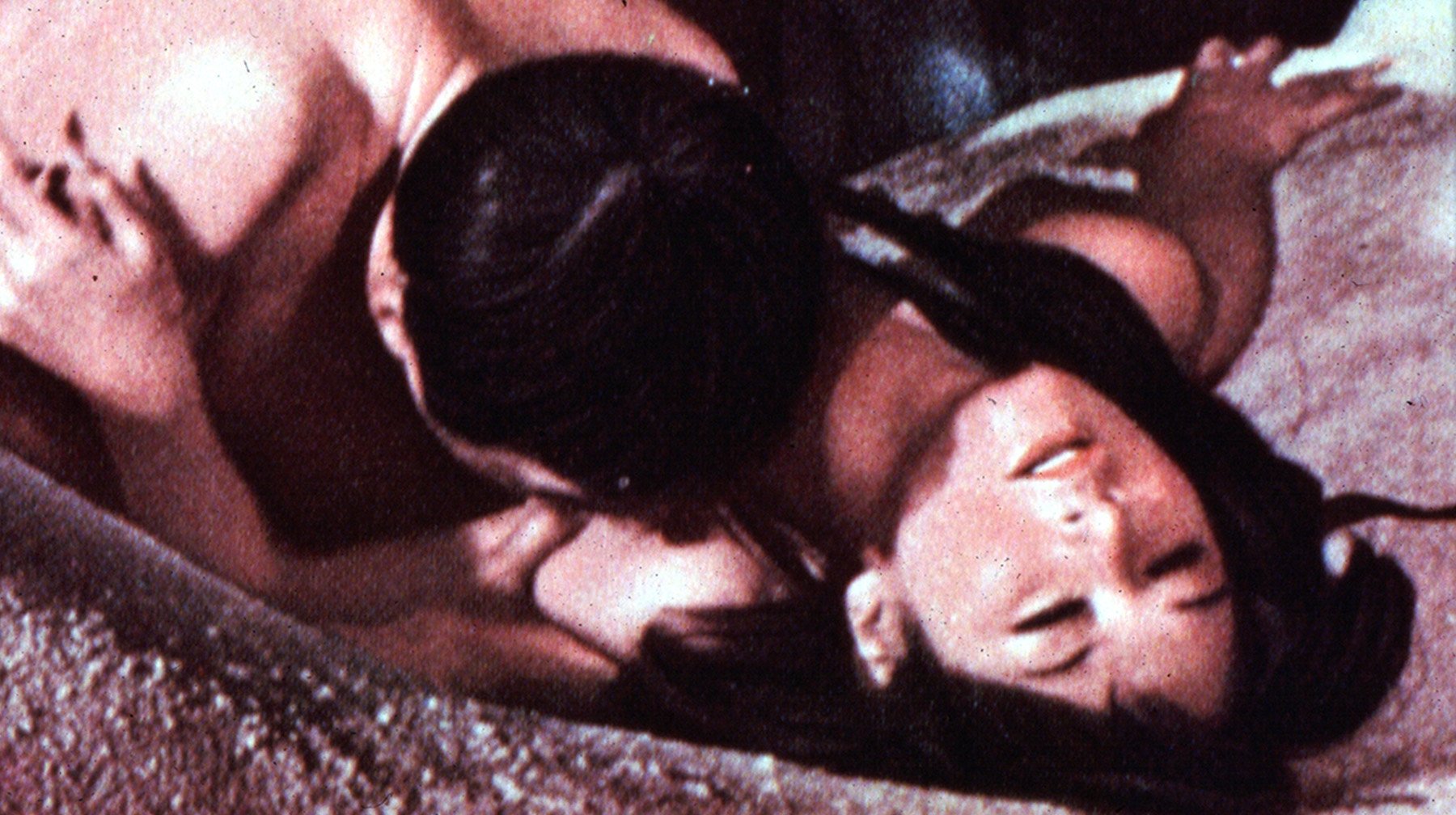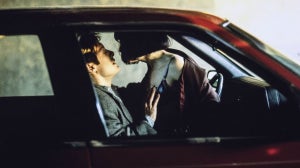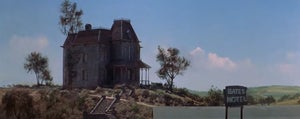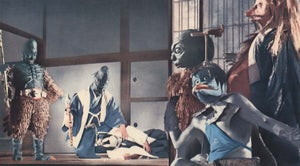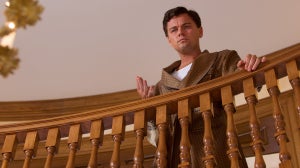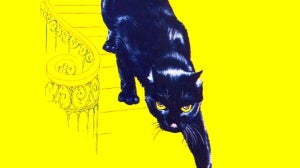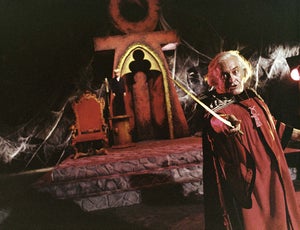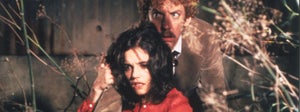
Maybe it’s because he didn’t arrive on the scene until the very end of Japan’s filmmaking “golden age”. Maybe it’s because his classical style was at odds with the progressive creativity of the Japanese New Wave during his most prolific years. Whatever the reason, it remains a lamentable truth that, despite a diverse, genre-hopping career that produced nearly 60 dynamic features during his 62 years, Yasuzō Masumura remains largely overlooked in the canon of brilliant Japanese filmmakers in the West.
Once an apprentice to another under-acknowledged master, Kon Ichikawa (Fires on the Plain), Masumura began his career as a director in the ‘50s after studying under Antonioni and Fellini in Italy — what followed was one of the most vibrant and diverse directorial catalogues of his generation. Loyal to Daiei Studio for most of his career, Masumura nonetheless hopped from genre to genre with his work as if it were a game of hot potato — covering everything from ‘Sun Tribe’ youth drama (Kisses, 1957), yakuza thriller (Afraid to Die, 1960), espionage (The School of Spies, 1966) and period action film (Hanzo the Razor: The Snare, 1973) as he cemented himself as a master of his craft up before his death in 1986.
In the decades that followed, his work would receive passionate re-evaluation in Japan: “the most important filmmaker in the history of postwar Japanese cinema”, said Eureka director Shinji Aoyama in 2001. And though the bulk of his canon has still never been released overseas, Arrow has begun to turn the tide in recent years with the release of several key works. Read about some of those below — alongside some of those still elusive in the West — in a primer on the genre-hopping cinema of the great maverick himself.
The fairytale: The Blue Sky Maiden (1957)
Masumura’s second feature, considered by many his first masterpiece, is, for the most part, a straightforward re-telling of the classic fairytale Cinderella. A whimsical melodrama soaked in vivid blues and reds, it tells the story of country girl Yuko (a star turn from Ayako Wakao — later of Ozu’s Floating Weeds, Kon Ichikawa’s An Actor’s Revenge, and a further 19 Masumura films),who goes to the big city in search of her real mother after her grandmother reveals a long-held secret on her deathbed.
In Tokyo, Yuko winds up living in the closet, working as a maid for her well-to-do stepmother — who, like Yuko’s various half-siblings, resents her for the attention she receives from her father. But eventually, she meets her very own Prince Charming — and is even gifted a pair of stilettos in lieu of the traditional glass slipper, as the mystery of Yuko’s background is eventually revealed.
The corporate satire: Giants and Toys (1958)
From its Pop Art-foreshadowing title sequence and brilliant opening shot of a salaryman army marching to work — to the hectic careening from manic workplace to high-stakes boardroom meeting to bustling factory floor, Giants and Toysis a riveting corporate satire that feels way ahead of its time in terms of both style and story.
Told with the same high energy and machine-like efficiency as the very make-lines it seeks to parody, the film explores the competition between rival confectionery brands attempting to trump one another with bold, even out-of-this-world marketing campaigns. It’s a story of rampant consumerism and corporate greed that remains utterly relevant today — and though later Masumura films, like industrial espionage thrillerBlack Test Car(1962), would revisit themes of corporate rivalry to great effect, rarely would it be as dynamic and downright fun as this gaudy tale.
The courtroom drama: A Wife Confesses (1961)
In the opening of A Wife Confesses, the camera lingers on a woman, Ayako,as she’s led to stand trial for a gruesome killing: her husband fell 500m to his death during a mountain climbing expedition — and in the aftermath, she claimed his ¥5m life insurance policy and ran off with her new lover. But could she really be guilty of such a heinous crime, or is there more to the story than it seems?
Starring Masumura mainstay Ayako Wakao alongside Eitarō Ozawa (Ugetsu) and Hiroshi Kawaguchi (Giants and Toys), this riveting drama is one of two brilliant Masumura courtroom dramas — with twists and turns to follow in the briskly-paced and noir-inspiredThe Black Report(1963). Though the courthouse is central here, the film truly comes to life via pacy editing and thrilling sound design on the perilous mountainside — where shots of wide-open vistas and crumbling cliffs serve as a vivid backdrop as the fates of three climbers are determined.
The passionate romance: Manji (1964)
The tantalising curves of a woman’s flesh appear in close-up only a few minutes into Manji — but don’t be fooled, this is no pink film. Told entirely in flashback, this beguiling work recounts the illegitimate, homosexual romance that takes hold on housewife Sonoko (Kyōko Kishida, Woman in the Dunes) as she falls for a beautiful but manipulative art student, Mitsuko (Ayako Wakao) — a classic femme fatale. Blackmail, drug-taking and blood pacts soon follow as a ménage à trois involving Mitsuko’s desperate husband slowly spirals out of control.
The first of three Masumura adaptions from the work of novelist Jun'ichirō Tanizaki (the others being erotic thrillerIrezumi and provocative comedy A Fool’s Love) was notably written for the screen by one Kaneto Shindo, a regular collaborator who would achieve international fame as the director of horror classics Onibaba and Kuroneko. The film itself, meanwhile, would be remade a further three times in Japan — though it is Masumura’s version that remains the most successful.
The war film: Red Angel (1966)
Whereas Masumura’s 1965 film The Hoodlum Soldier concerned a conscientious objector enlisted as a soldier, who suffers thereafter through his hatred of army life, Red Angeloffers a different perspective on wartime suffering. It’s the harrowing story of young army nurse Nishi (Ayako Wakao) who cares for wounded soldiers and damaged medical workers during the Sino-Japanese War — observing graphic injury, misery, disease and even dismemberment while enduring overwhelming distress.
Red Angel’s meditation on the tragedy of war is powerful and shocking from start to finish — opening with smoke and trenches as bullets fly, and reaching its most stomach-churning point with the sounds of sawing amputations. Nonetheless, it’s the emotional baggage that weighs down the most, with a central narration marking the film’s bleak brilliance: “Many died waiting for surgery,” Nishi remarks; “Some died during surgery. Others died after the operation. They all went to the morgue.”
The horror: Blind Beast (1969)
If Red Angel earmarked Masumura’s efficacy for horrific visuals via scenes on operating tables and bucketloads of chopped hands and feet, then Blind Beast’s finale in a cavernous lair adorned with walls of legs could well mark his potential for horror fulfilled. It’s the perverse tale of a blind sculptor and his unwilling muse, who become lovers as their work becomes more and more extreme — rightly considered today a classic of macabre Japanese filmmaking today.
It’s one of two Masumura films based onthe morbid and mysterious works of famed writer Edogawa Ranpo — with the other, the aforementioned The Black Report, a somewhat more restrained outing. Like other classic film adaptions of Ranpo’s writings — including Teruo Ishii’sThe Horrors of Malformed Menand Shinya Tsukamoto’sGemini— it’s the surreal and body horror elements that make Blind Beast such an impressionable watch, with the garish production design a stand-out.

